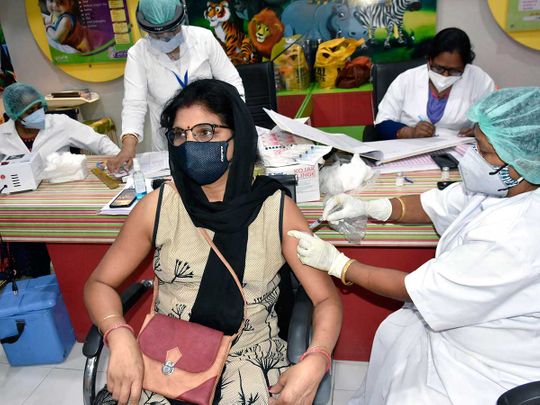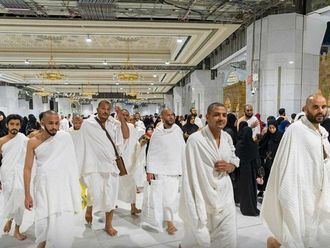
Patna: The Indian state of Bihar has reported the prevalence of antibodies against the deadly COVID-19 in 73% of its population, following the fourth serological survey conducted in June this year. The survey was conducted in six districts of the state by Indian Council of Medical Research (ICMR).
Bihar hopes the prevalence of antibodies in a large percentage of its population will enable it to reach herd immunity soon.
“Herd immunity”, also known as ‘population immunity’, is the indirect protection from an infectious disease that happens when a population is immune either through vaccination or immunity developed through previous infection, experts say. The World Health Organisation (WHO) supports achieving ‘herd immunity’ through vaccination, not by allowing a disease to spread through any segment of the population as that would result in unnecessary cases and casualties.
Health officials said the recent sero survey was conducted in six districts of Bihar during which around 3,000 blood samples were collected and later sent to the National Institute of Epidemiology, Chennai for tests. The health experts were surprised when they found antibodies present in 73% of the population.
Six districts sampled
The six districts of Bihar sampled among total 70 across 21 states in India included Buxur, Madhubani, Arwal, Begusarai, Muzaffarpur and Purnia, located in various parts of the state. Of them, the south-western district of Buxur reported the highest sero-positivity of 83%, followed by 77.1% in Madhubani (a northern Bihar district), 73.7% in Arwal (a south-central Bihar district), 72.7% in Begusarai (a central Bihar district), 65.3% in Muzaffarpur (a north Bihar district close to Patna) and 65% in Purnia district located in eastern part of Bihar.
“A sero-positivity rate of 73% is a good sign for Bihar. This means that only 27 per cent people are now susceptible to contracting coronavirus,” said Dr CM Singh, head of the Community and Family Medicine at All India Institute of Medical Sciences (AIIMS), Patna.
According to him, a sero-positivity of over 70-80% helps to develop herd immunity but since coronavirus is mutating very fast there is a possibility of the masses getting re-infected. “However, in case of re-infection, the symptoms will be mild in 73% of the population who reported prevalence of antibodies,” said Dr Singh.
Good development
Another health expert Dr SN Sharma too described it as a good development. “In such a situation, even if the third wave of COVID-19 comes, the infection won’t spread fast and the number of deaths will also be fewer,” said Dr Sharma, a senior microbiologist.
Health officials said the sero-positivity rate in Bihar has increased after the spread of coronavirus infections in the state. In the first survey conducted between May 17 and May 20 last year when India faced the first wave, the cumulative sero-positivity was found at 0.7%.
During the second survey conducted between August 21 and August 26 last year, the sero-positivity rate reached 7%, while during the third survey undertaken between December 20 and December 20 last year, the sero-positivity rate jumped to 24%, health officials informed. The fourth survey in the state was conducted between June 20 and June 25 this year when the second wave was on the wane. The main objective of the survey was to ascertain the prevalence of antibodies in the people.
WHO says the percentage of people who need to be immune in order to achieve herd immunity varies with each disease. For example, herd immunity against measles requires about 95% of a population to be vaccinated. The remaining 5% will be protected by the fact that measles will not spread among those who are vaccinated. For polio, the threshold is about 80%.
“The proportion of the population that must be vaccinated against COVID-19 to begin inducing herd immunity is not known,” said a WHO report. The WHO added this is an important area of research and will likely vary according to the community, the vaccine, the populations prioritised for vaccination, and other factors.








